Discover 8 hidden attractions, cool sights, and unusual things to do in Clinton (United States). Don't miss out on these must-see attractions: Museum of Russian Icons, Wachusett Reservoir, and Woodlawn Cemetery. Also, be sure to include Bigelow Free Public Library in your itinerary.
Below, you can find the list of the most amazing places you should visit in Clinton (Massachusetts).
Table of Contents
Museum of Russian Icons
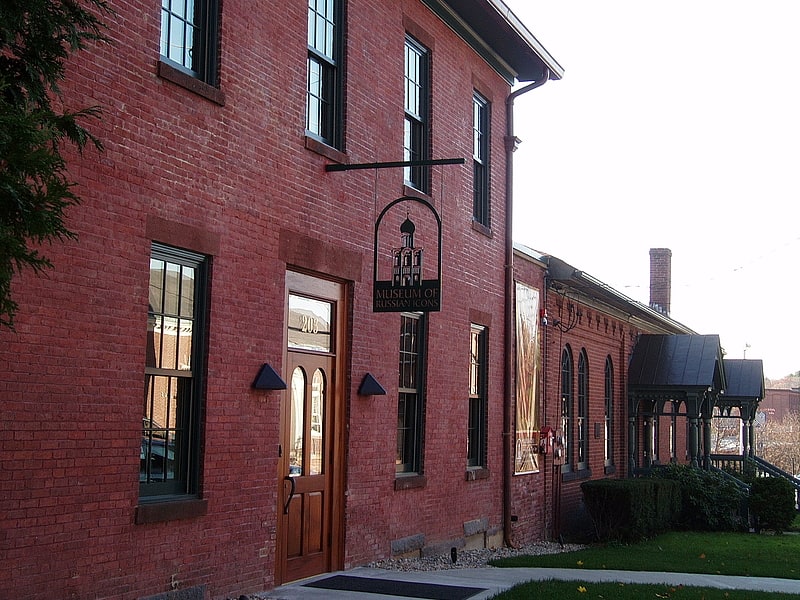
Museum in Clinton, Massachusetts. The Museum of Russian Icons is a non-profit art museum located in Clinton, Massachusetts, United States. The collection includes more than 1,000 Russian icons and related artifacts, making it one of the largest private collections of Russian icons outside of Russia and the largest in North America. The icons in the collection range in date from the 15th century through to the present and covers almost the entire range of Russian icon images, symbols, and forms.[1]
Address: 203 Union St, 01510 Clinton
Wachusett Reservoir
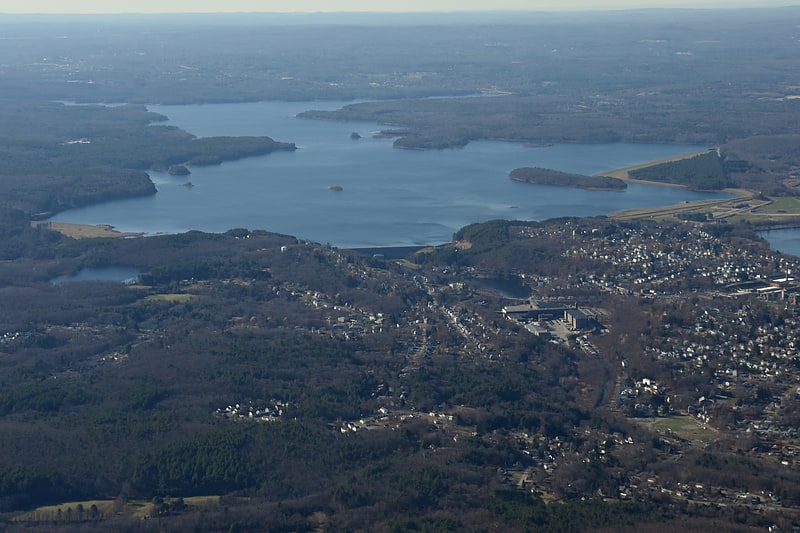
Body of water in Massachusetts. The Wachusett Reservoir is the second largest body of water in the state of Massachusetts. It is located in central Massachusetts, northeast of Worcester. It is part of the water supply system for metropolitan Boston maintained by the Massachusetts Water Resources Authority. It has an aggregate capacity of 65 billion US gallons and an area of almost 7 square miles. Water from the reservoir flows to the covered Norumbega Storage Facility via the Cosgrove Tunnel and the MetroWest Water Supply Tunnel. The reservoir has a maximum depth of 120 feet and a mean depth of 48 feet.
The reservoir serves as both an intermediate storage reservoir for water from the Quabbin Reservoir, and a water source itself, fed by its own watershed. The reservoir is fed by the Quinapoxet and Stillwater rivers, along with the Quabbin Aqueduct, which carries water from the Quabbin Reservoir. It is part of the Nashua River watershed, forming the headwaters of the river. Because it is an intermediate storage reservoir, its water levels are kept relatively constant while the Quabbin Reservoir fluctuates based on precipitation and demand. At times when the Wachusett Reservoir becomes high due to its own watershed producing a large amount of runoff such as during snow melting, the flow from the Quabbin is shut off and water from the Ware River flows backwards down the Quabbin Aqueduct into the Quabbin Reservoir for storage.[2]
Woodlawn Cemetery
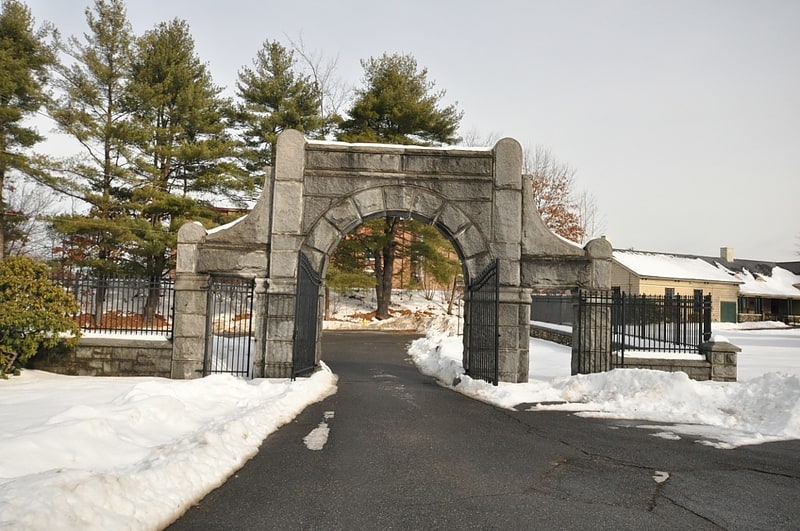
Cemetery in Clinton, Massachusetts. Woodlawn Cemetery is a historic cemetery on Woodlawn Street in Clinton, Massachusetts. The oldest portion was laid out in 1853 by Joshua Thissell in the rural cemetery style popular at the time, and was one of the first municipal projects following the town's incorporation. It occupies a hilly parcel of over 33 acres, about 1 mile from the center of town. It was expanded twice, in the 1890s and in the 1920s. Prominent burials include Erastus and Horatio Bigelow, the town's early leading businessmen.
The cemetery was listed on the National Register of Historic Places on July 23, 2013.[3]
Address: Woodlawn street, Clinton
Bigelow Free Public Library
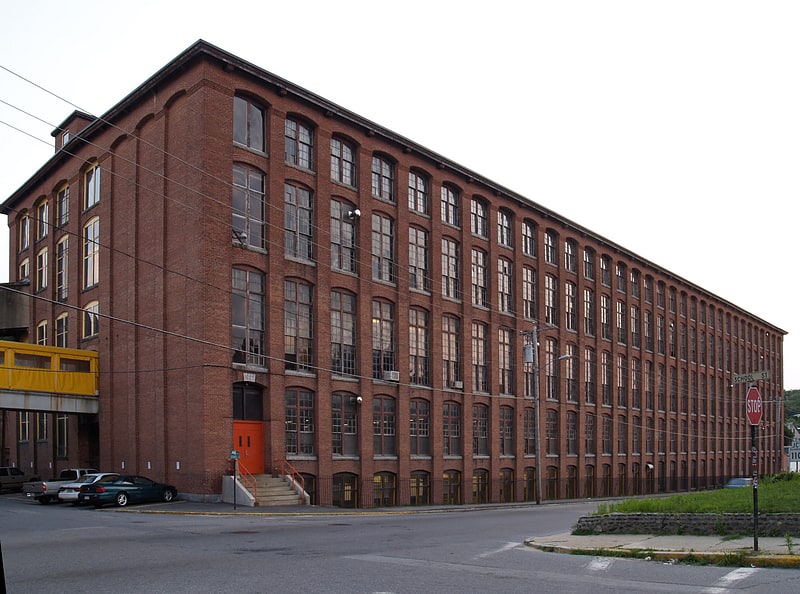
Mill in Clinton, Massachusetts. The Bigelow Carpet Mill is an historic textile mill complex at Union and High Streets in Clinton, Massachusetts. Built in 1847 and repeatedly enlarged until 1922, this large mill complex was one of the world's major early automated manufacturers of Brussels tapestry, established by Horatio and Erastus Bigelow. The mill was listed on the National Register of Historic Places in 1978.[4]
Address: 54 Walnut St, Clinton
First Methodist Church
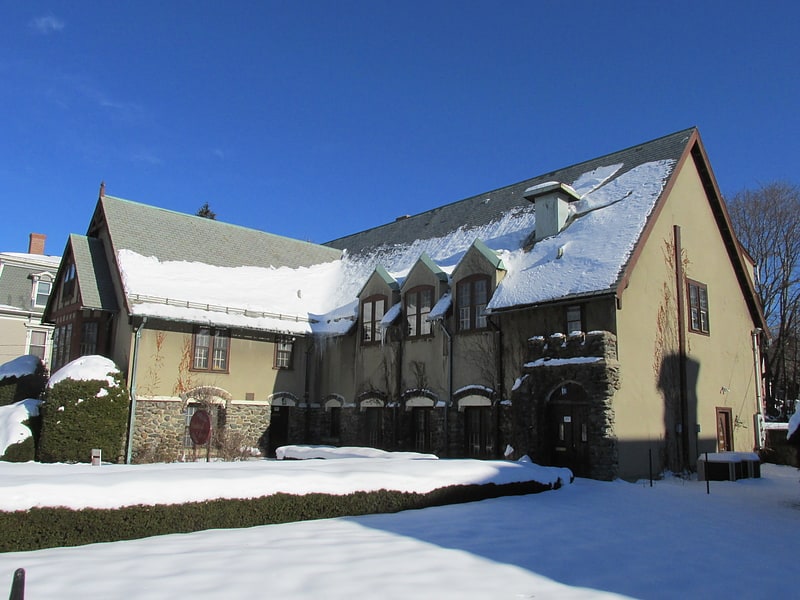
Church building in Clinton, Massachusetts. The First Methodist Church is a historic Methodist church building at 75 Walnut Street in Clinton, Massachusetts. It is an L-shaped stone and stucco structure, two stories in height, with a steeply pitched slate roof. The ground floor is finished in uncoursed fieldstone. One entrance is set recessed behind a segmented stone arch at the southern end of the main facade, with a second entrance at the projecting gable at the northern end. The church was designed by Woodbury and Stuart of Boston, and construction of the building was begun in 1927 for a congregation established in 1830. The complete plan for the building was never realized due to a lack of funding, and only the community center and rectory were completed. These were used by the congregation, the community center space acting as sanctuary, until the 1980s. The building was rehabilitated in 1988, and how houses two residences and office space.
The church was listed on the National Register of Historic Places in 1990.[5]
Corcoran School
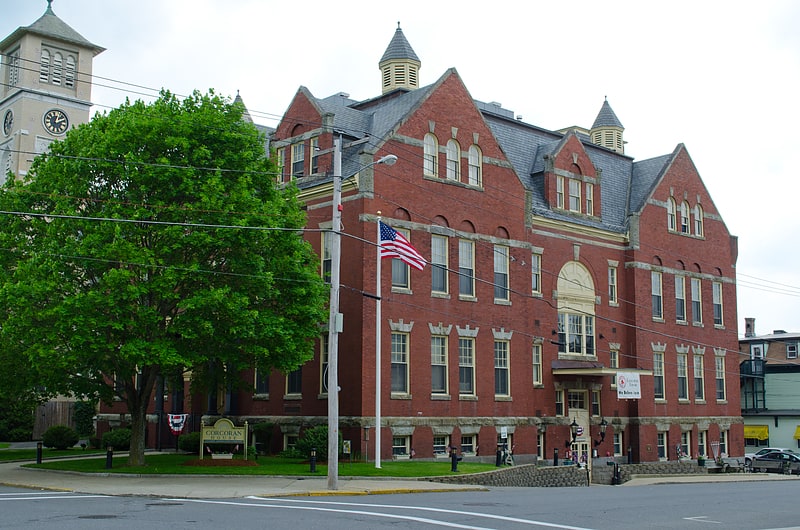
School in Clinton, Massachusetts. The Corcoran School is an historic school building at 40 Walnut Street in Clinton, Massachusetts. The 2+1⁄2-story brick Colonial Revival building was built in 1900 to a design by Boston architect Charles J. Bateman. The rectangular building rises above a raised foundation to a truncated hip roof with a variety of gabled dormers and two cupolas. The entry is centered on a seven-bay facade, beneath a slightly projecting pavilion that rises a full three stories. The entry is recessed under a large round arch, above which is a portico supported by Ionic columns. On the second level of the pavilion are three long, narrow, round-arch windows with granite keystones above, and on the third level are two rectangular sash windows topped by blind arches.
On the interior, the building has a basic cruciform plan, with classrooms at the corners, and central corridors running north–south and east–west. On the second floor the east corridor ends in a small room that initially served as a library, above the main entrance. The stairwells on both floors were flanked by narrow rooms, which were used as wardrobes. The third floor contained a large assembly hall, with a stage on the west end.
The school was built in a site that has been used for schools since 1846, the most recent of which, the 1854 high school, was demolished because settling and cracking had rendered it unsafe. The new school had eight classrooms, and was the largest of Clinton's primary schools. The school was dedicated in honor of John Corcoran (1853-1904), a school committee chairman, in 1918. The town used the building as an elementary school until 1980. It has since been sold and converted to residential use.
The building was listed on the National Register of Historic Places in 2000.[6]
Address: 40 Walnut St, Clinton
Bigelow Carpet Company Woolen Mills
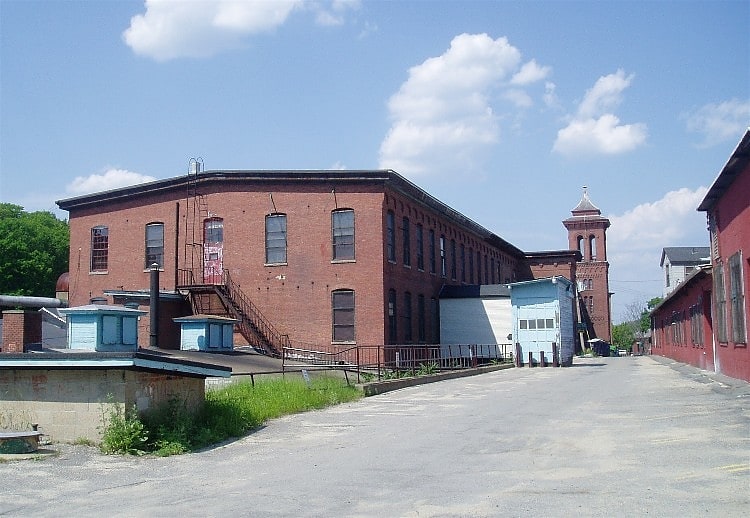
Historical place in Clinton, Massachusetts. The Bigelow Carpet Company Woolen Mills are a historic mill complex on Main Street in Clinton, Massachusetts. The sprawling mill complex was built or expanded by the Bigelow Carpet Company, one of Clinton's leading business for much of the 19th and early 20th centuries. The complex was listed on the National Register of Historic Places in 1983. It continues to be adaptivelry reused by smaller businesses.[7]
Bowers School
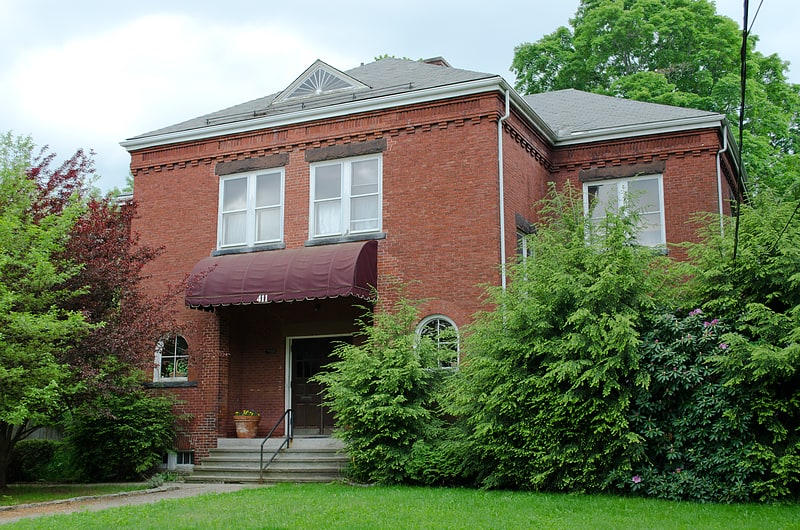
Building. The Bowers School is an historic school building on 411 Water Street in Clinton, Massachusetts. The two story brick schoolhouse was built in 1892 to a design by Joshua Thissell. The building was dedicated in honor of Rev. Charles Manning Bowers, a longtime member of the Clinton School Committee. The building was listed on the National Register of Historic Places in 1983. The building now houses residences.[8]